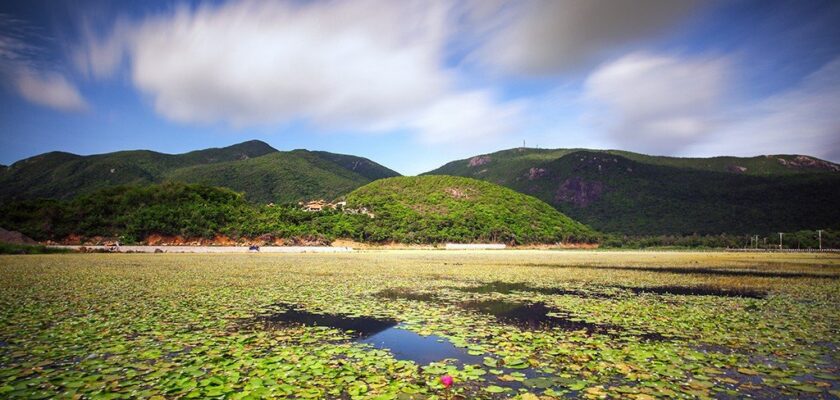Con Dao Islands
Con Dao Islands is an archipelago of 15 volcanic islands with a total area of about 76 square kilometers lies 180 km south of Vung Tau. 52 square kilometers account for the largest island in the archipelago, formerly known as Con Son but changed its name to Condao in 1977. For a long time, the island was known as the “Far Eastern Cayenne” and the “Indochina Bastille”. Thousands of opponents of the colonial regime and fighters for the unification of the country passed through the prison on Condao Island. Today, the prison casemates have been turned into a spooky museum, and the islands themselves have become a national park open to tourists.
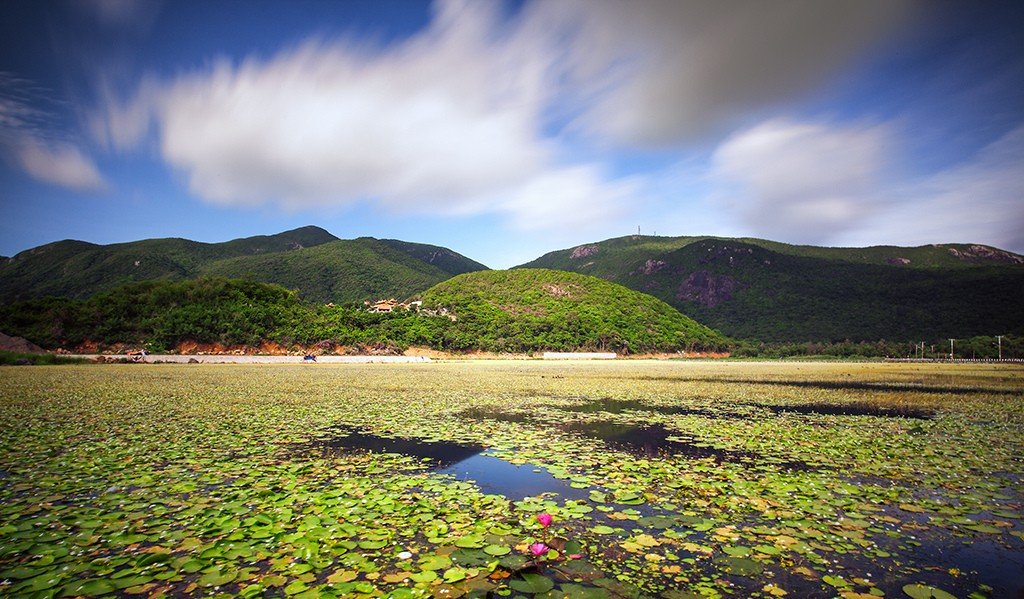
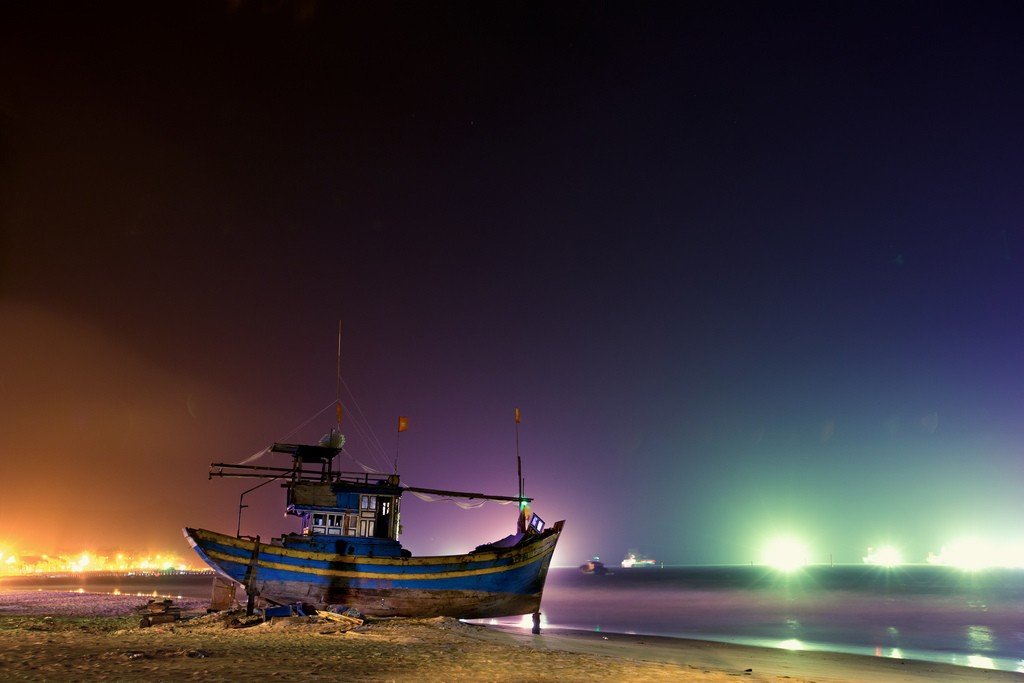
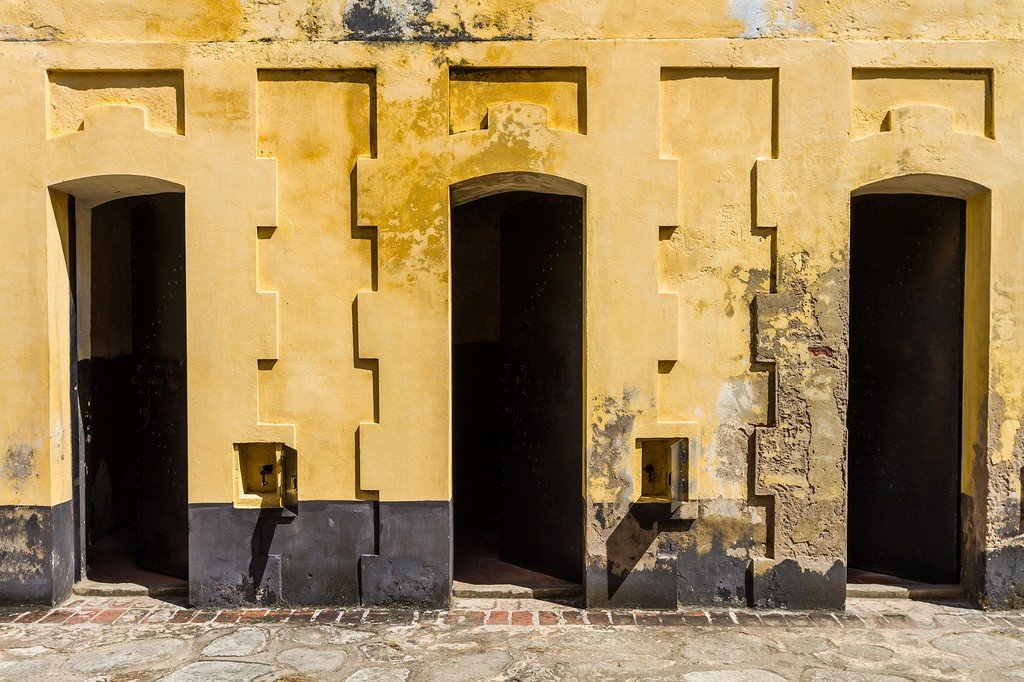
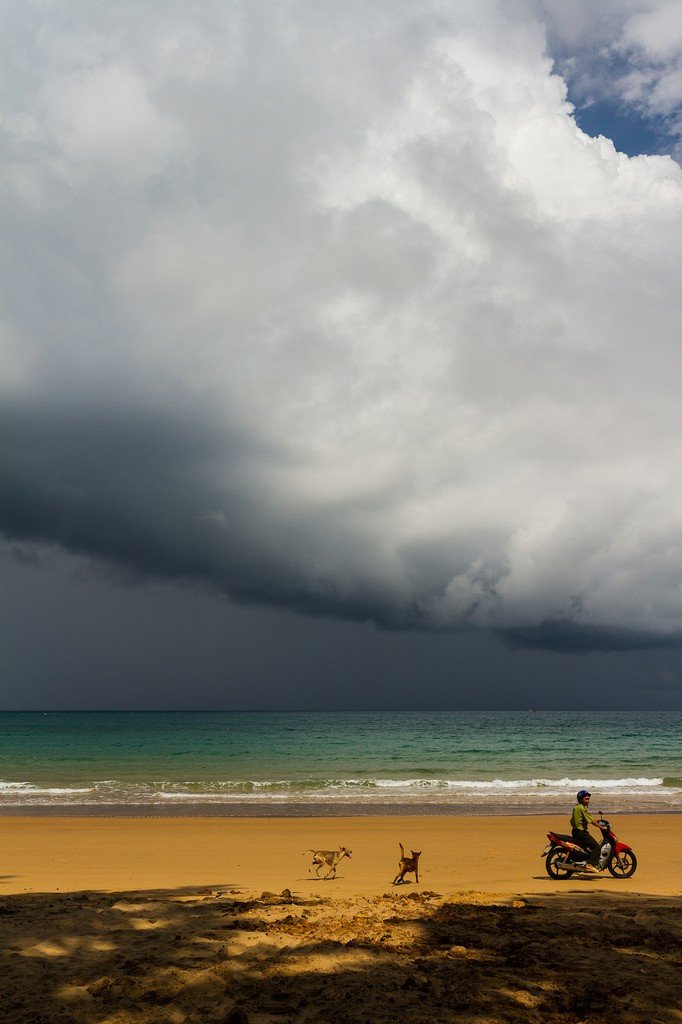
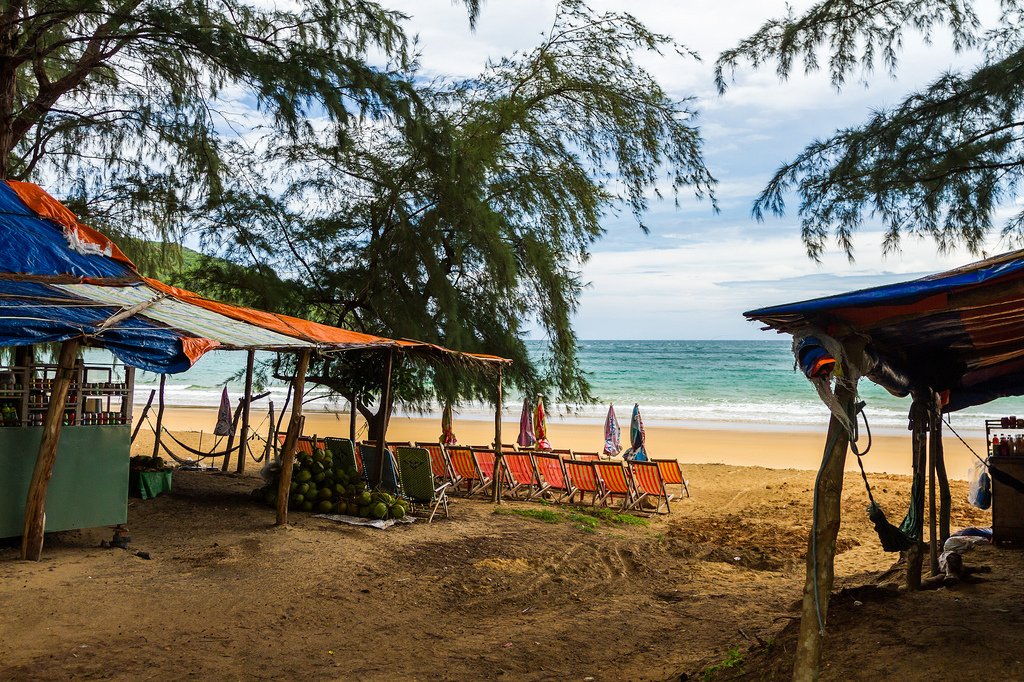
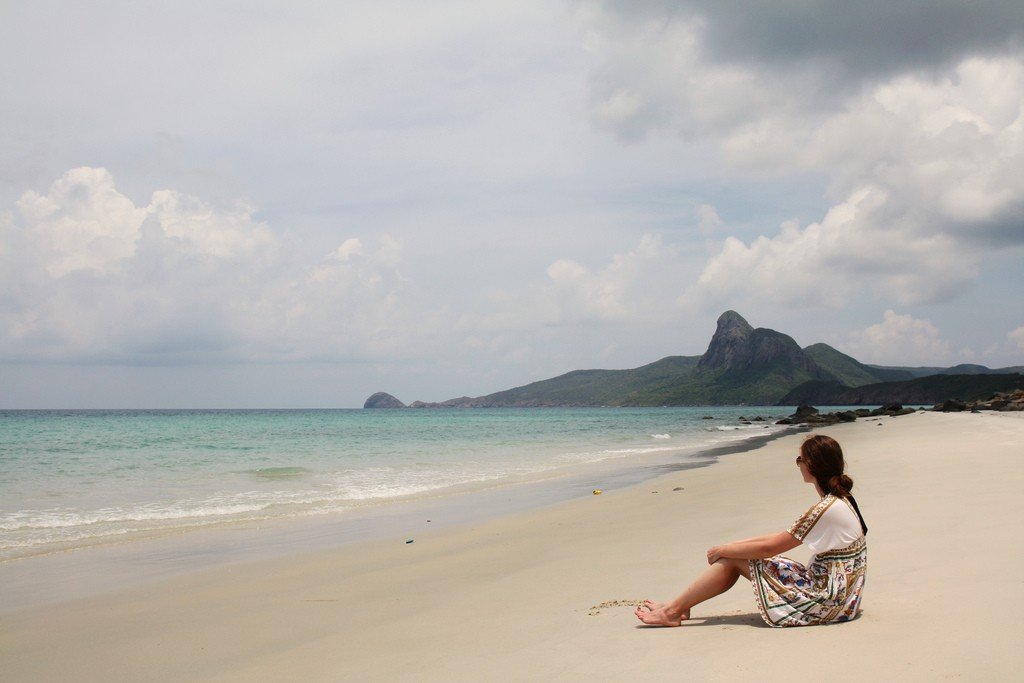
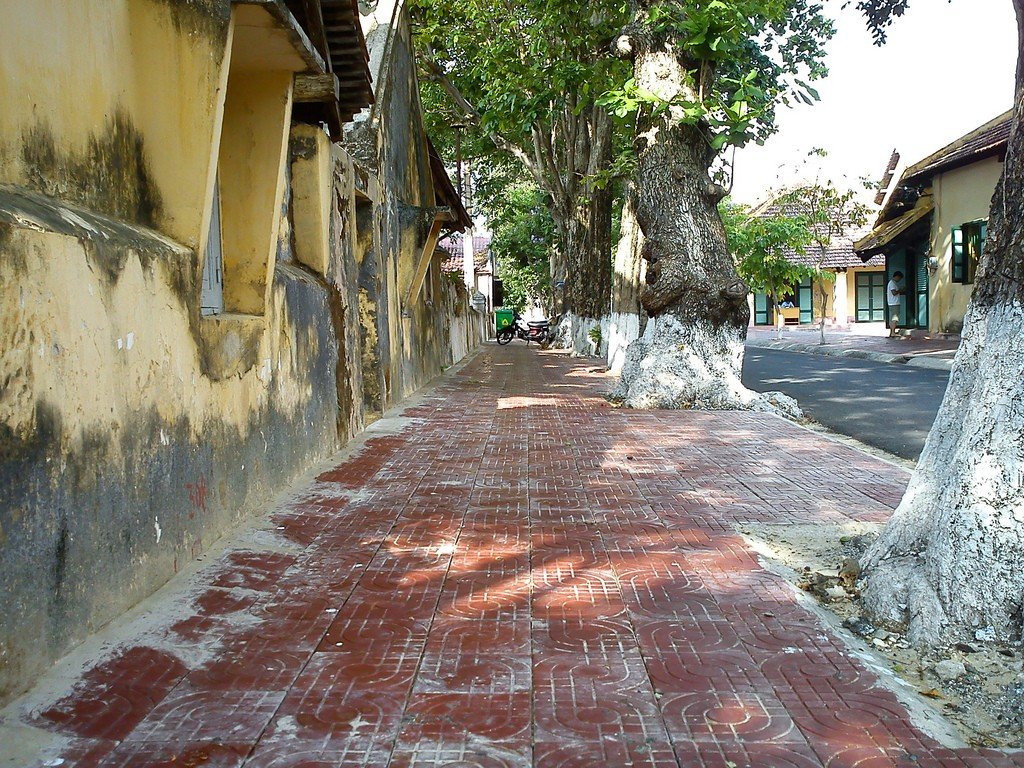
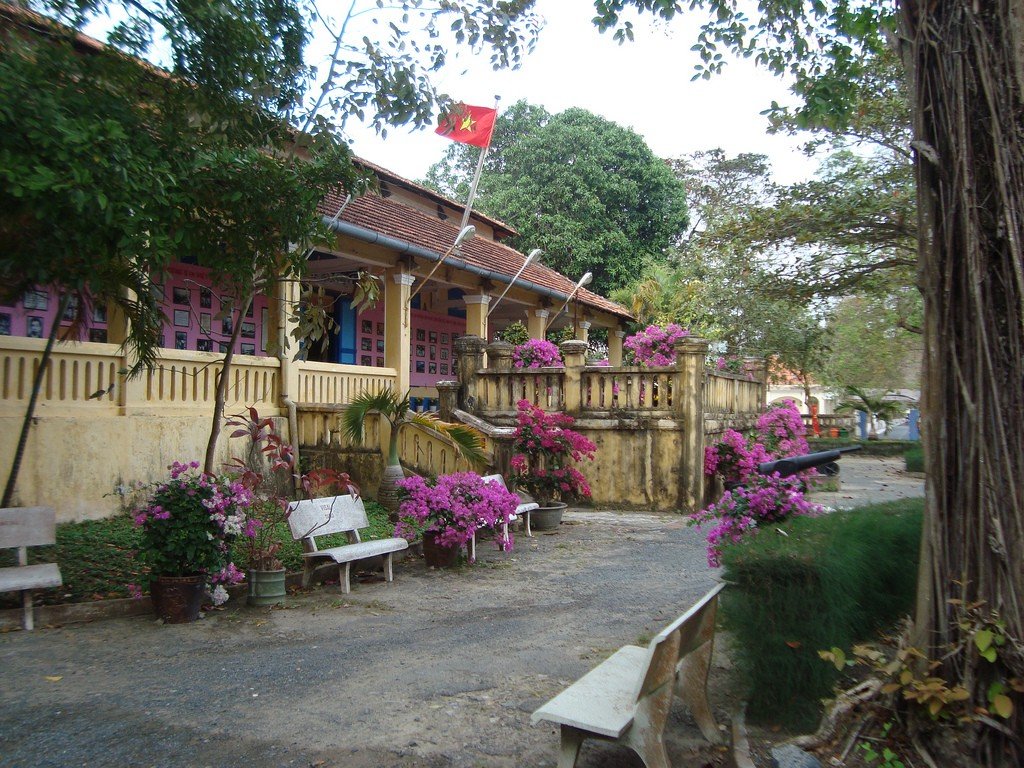
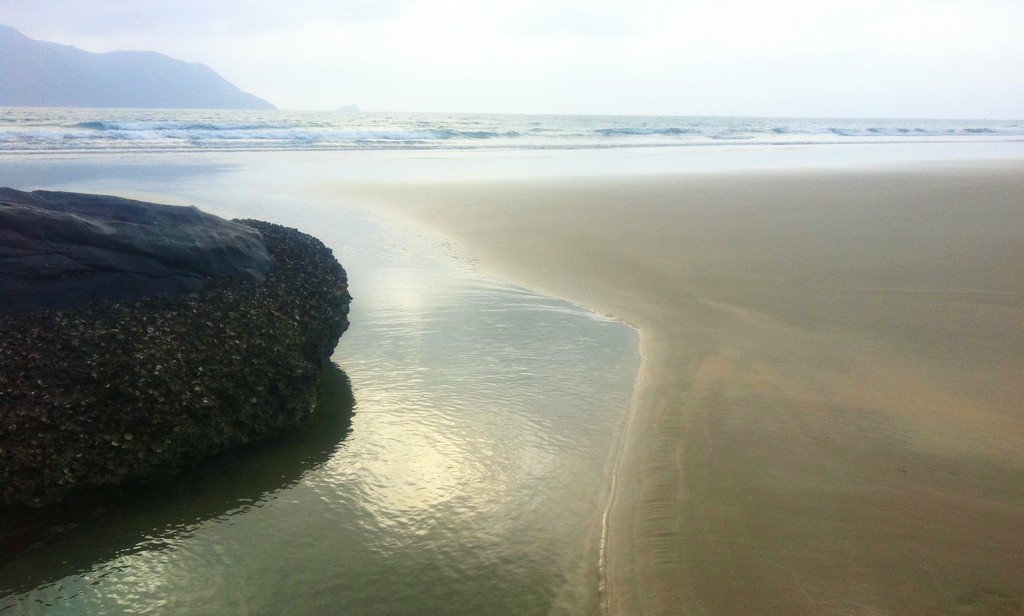
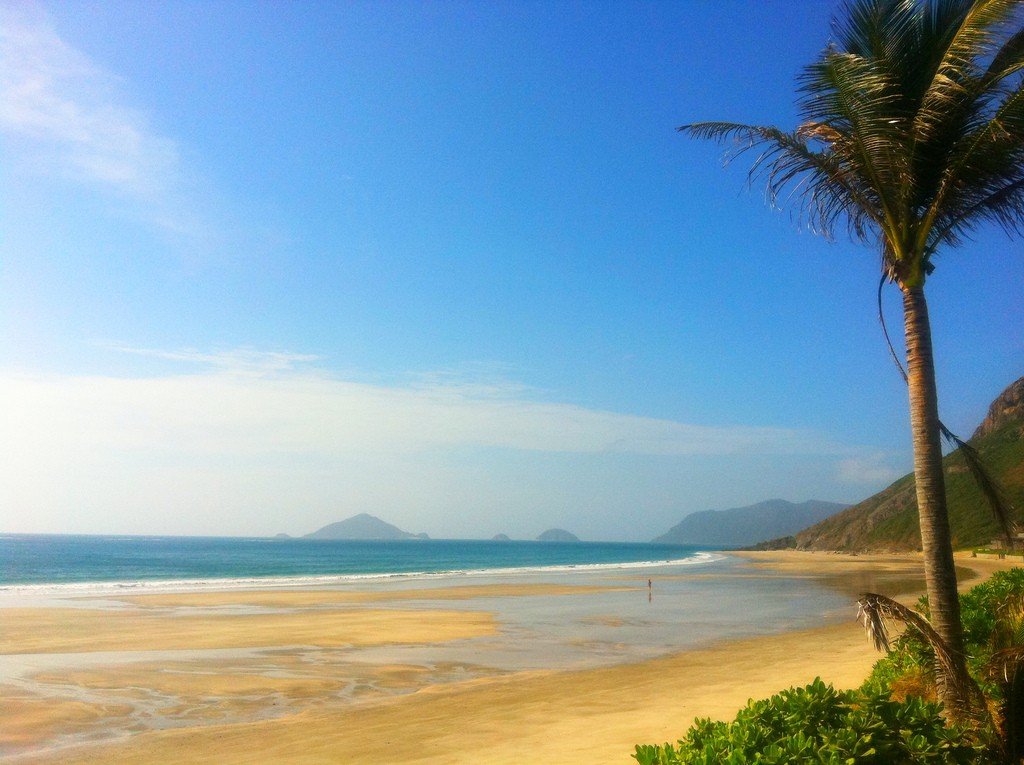
History
In the 13th century, Italian traveler Marco Polo mentioned the islands in his “Book of the Varieties of the World” under the name Sondur. The famous Venetian visited the islands in 1284 as a passenger on an Arab ship sailing from China to Arabia and sheltered among the islands from a storm. In 1516, Europeans, who were Portuguese sailors, landed on the shores of Condao for the first time. In 1686 French speech was first heard on the islands, and in 1702 the British East India Company intended to establish a trading post and a base for its fleet. By that time the archipelago had long belonged to the state of Daiviet, whose rulers kept a garrison of 200 mercenary Malay soldiers on the main island. The Malays met the British without enthusiasm, but they did not put any obstacles in their way. In 1705, emissaries from the royal court sneaked into Condao disguised as fishermen and, promising rewards, induced the Malays to put up a belated resistance. Colonial Sipai soldiers recruited by the company in Makassar, Indonesia, joined the rebellion. The British, taken by surprise, barely managed to escape by ship and made no further attempts to take possession of the islands.
.
In Europe, the islands were known by the distorted Malay name Pulo Kondor (from Pulau Kundur, meaning Pumpkin Islands). The archipelago was the first part of Vietnam to be declared a possession by France. It happened in 1721. Having barely gained a foothold in the continental part of the country, in 1861 the French began to expel to the islands all those who had the courage to oppose the “new order”. The first prisoners had a particularly difficult time: they had to build their prison practically with their bare hands. The stone for construction was either broken on coral reefs or dragged from the mountains through the impenetrable jungle. Grueling labor in the heat, poor nutrition and cruelty of guards killed people no worse than the guillotine. To this day, some of the buildings of the “zone” Pulo Condor have names indicating the number of prisoners who died during their construction – “Pier 914”, “Bridge 350″…
.The contingent of prisoners consisted exclusively of “Annamites.” Criminals from the metropolis were not exiled here, so Pulo Condor is not as famous as another overseas French penal colony, on Devil’s Island in South American Guiana. Conditions in the two establishments, however, differed little from each other. Those wishing to get a visualization of the suffering of the prisoners can watch the 1973 movie The Moth, starring Steve McQueen and Dustin Hoffman.
.
In 1954, the South Vietnamese government inherited the prison from the French who had left the country. The main island of the archipelago became known as Con Son (Pearl Island), but the prisoners’ lives did not improve at all. Moreover, their conditions worsened as the victory of the Communist North approached. In May 1975, the last 200 Konchon prisoners were granted their freedom. In 1977, the “tarnished” name of Conchon was changed to Condao. In 1984, a nature reserve was established on the islands, which became a nature reserve in 1993. Currently, the islands are home to about 6,000 people, more than a third of whom are military personnel. More than 3,000 tourists visit Condao every year.
.Location and transportation
The islands lie in a south-southeast direction from Vung Tau. The largest island, Condao, is in the center of the group. It is surrounded by smaller islets, notable among which are Cau, Bai Kanh, Cheuk and Bai An. Coong (So Ong) Airport is located in the northeastern part of Condao. The air connection between the island and the “big earth” is maintained by VASCO (Vietnam Aviation Service Company). Since 2005, its 64-seat ATR-72 airplanes have been operating daily flights to the islands from Ho Chi Minh City and Vung Tau airports.
.
On the opposite, southwest side of the island lies the fishing harbor of Bendam, connected to Koong by a paved highway (30 km). The road leaves the airport to the southeast, passes the island’s second highest mountain, Chua Peak (515 m), skirts Cape Chimchim, and continues along the southeastern and southern shores of Condao.
.
About halfway from the airport to the fishermen’s harbor lies a bay protected from winds and waves, sheltering Conchon – the administrative center of the archipelago, as well as new resorts. The area of the island is small – the road from the airport to any of the local resorts takes only 15 minutes.
.
Adventurous travelers can venture to the islands by sea. Every ten days, ships make two trips to the islands from the port of Vungtau (ticket price about 20 USD). Strangely enough, the sea connection between Condao and the mainland is much more dependent on the weather, so the departure time of each ship should be clarified in advance. The journey from pier to pier takes 12-13 hours. Since the voyage boats are small and not glitzy, the journey can take a lot of effort. For more information, contact the carrier, Con Dao Transportation (35, Truong Con Dinh St., Ho Chi Minh City) in Vung Tau.
.Part of the island highway within Con Son Township plays the role of waterfront and is called Ton DucThang Rd. A little farther from the coast, Nguyen Due Thanh Rd. runs parallel to it. The third main street in the village is Vo Thi Sau Rd., which crosses the first two at right angles and runs northwest. The post office is located at the corner of Tran Phu Rd. and Nguyen Thi Minh Khai Rd. and has internet access at VND3,000 per hour. The national park office, where you can get information about the islands’ nature and attractions, is located outside the village, on Vo Thi Sau Rd (29, Vo Thi Sau Rd, tel. 830150, e-mail: vqgcdao@hcm.vnn.vn). On the same street but in the center of the village is the market, which is busiest in the early morning hours.
.
In the very center of the coastline of the village stretches the ancient pier 914. If you stand at its very beginning facing the sea, immediately behind you will find the villa of the island’s governor, which now houses a museum. On your right hand you will see the Phi Yen Hotel, the Condao Resort and Anhai Beach. In the distance behind them you will see the outline of Cape Camap and the characteristic silhouette of Thanh Gia (577 meters), the highest peak in the archipelago. On your left hand will be the Saigon-Condao and ATC resorts, followed by Lovoi Beach.
.
There is no public transportation on the island. Sights and beaches within the village limits can be walked around “on your own”, but to visit the more remote parts of the island it is better to rent a motorcycle. You can do this at any hotel (from 10 USD per day)..Climate
Condao is one of the southernmost regions of Vietnam with a maritime tropical climate. The sea waters make the local air fresher and cooler than in Ho Chi Minh City and the Mekong Delta. At the same time, it is the sea that determines some not-so-pleasant features of the local weather. The rainy season and dangerous sudden storms last from July to September. Westerly winds prevail during these months. From September to January there is a period of easterly winds, bringing moisture to the eastern shores of the islands. From June to the end of January, the archipelago can be very disappointing for lovers of marine sports, especially diving. The best time to visit Condao is from March to June, when the weather is clear and the coastal waters are clear and fairly calm.
.Attractions
In the streets of the village you will see many buildings built by the French in colonial style: once Conchon was the seat of the prison administration. Walking through its streets, you can visit the Condao Museum, the former prison buildings and the Hang Zuong Memorial Cemetery.
Condao Museum
The museum occupies the former home of the island’s governor. This villa was once the first thing seen by the prisoners who had just stepped off the ship at “Pier 914”. The ticket price (VND35,000) includes a guided tour of the exhibit and prisons (English or French). About 90% of the museum’s exhibits relate to the history of the prison in one way or another. In addition, there are some relics about the life of the islanders outside the “zone.”
Since 1862, the French authorities built 11 prisons on the island, the oldest and largest of which was “Prison No. 1” on Nguyen Duc Thanh Street, called Phu Hai Prison under the South Vietnamese authorities. It takes about five minutes to get from the museum to its gate. Here you can see a gate with two watchtowers, a wide courtyard with a Catholic chapel, a guardhouse and common cells inhabited by very realistic mannequins of exhausted prisoners chained to long metal rods fixed along bare concrete beds. Fuhai Prison held up to 5,000 prisoners at a time. Nearby is Phu Son Prison, also on the tour itinerary. A little farther along the same street are the buildings of the detention center. Here you can see the famous “tiger cages” – rows of cramped single cells covered with steel bars. Each building of the prison was divided into dozens of such solitary cells. The guards walked around the clock on special paths along the walls of the cells. In this way the guards watched the prisoners from above – like predators in a menagerie (hence the name). The first “cages” were built by the French penal administration in the 1940s. In total, there were 504 “cages” on the islands with a total area of only about 152 square meters.
.
The prison regime was particularly brutal during South Vietnam’s independence. At least 20,000 people are believed to have died in the Con Dao Island penitentiary over a period of 40 years. The graves of 1994 people can be seen in Hang Duong cemetery behind the prisons. Only about 700 tombstones have nameplates with the names of those buried. The graves of the heroes of the national liberation movement – philosopher, journalist and writer Nguyen An Ninh (1900-1943) and young patriot Vo Thi Sau (1937-1953) – are especially honored. She was shot in Pulo Kondor prison a year before the end of the 1st Indochina War. Nowadays, Vo Thi Sau Street can be found in almost every city in Vietnam. Nevertheless, the most famous prisoner of Condao can be considered Le Zuan – Ho Chi Minh’s political successor, who retained enough strength in detention to rule the country almost single-handedly for 17 years.
.Two other memorial sites associated with the prison’s history are on the outskirts of the village. Camp Fubinh was built with American help in 1971 and was originally called “Camp No. 7”. This part of the prison can also be visited with a museum guide. To the left of Vo Thi Sau Street, about halfway from the market to the national park directorate, is the “Dung Pit”. This was once the site of a sort of backyard of the prison. The guards often used this place for sophisticated punishment of particularly unwanted prisoners: a bound man was kept for several hours up to his neck in liquid cow dung….Phi Yen Temple
Phi Yen Temple (Phi Yen), located on the outskirts of the village, is dedicated to the memory of Queen Phi Yen – wife of Emperor Zia Long. Local legend has it that the monarch once found refuge on the islands from the Taishon rebels. The help accepted from the French helped him to defeat his enemies, but the queen unexpectedly allowed herself to express doubts about the true intentions of the Europeans. Angry Zia Long exiled his wife back to the island, where she died in solitary confinement. The temple was first built in 1783 and could now be considered the oldest monument on the island, but the original building was, alas, destroyed in 1861 by the very French that the Empress feared so much. The present temple is a replica erected in the late 1950s.
National Park
The total area of the park is 20 thousand hectares, of which 14 thousand account for the coastal waters of the South China Sea, and the remaining 6 thousand – the jungle. The subject of special care of the administration are coral reefs, which were severely damaged during the years of prison construction and uncontrolled fishing. No less carefully protected “fields” of seaweed – pastures of dugongs, rare marine animals from the group of sirens. The park is home to 1300 species of marine fauna alone, as well as several endemic species of land animals and birds. Visiting most parts of the park requires a special permit and the presence of a guide (about VND100,000 per day). The only hiking route open for free visits by tourists starts at the park’s Directorate building in Con Son. Moving northwest along Vo Thi Sau Street, you can reach the edge of the rainforest, which starts about 3 km from the village. Along the way, take a look at the ruins of the Ma Thien Lanh Bridge, also known as the “Bridge of 350.”
Then follow the 1km forest trail to reach Ong Dung Beach on the opposite side of the island from the village. It is difficult to get lost here – the trail is equipped with signs in English. More interesting are the routes that require the services of a guide. Such is the 2-hour walk in the south-west direction from the village, which includes a climb to the top of Thanh Gia Mountain. Another route starts near the airport and has a total length of about 12 kilometers, 6 of which are in the jungle. Coastal mangroves can be seen during this trek, which ends at Dam Tre Bay (Dam Tre, or Bamboo Lagoon).
.
In addition to Condao, the national park includes several smaller islands. One can visit the island of Baikan (Bay Canh). The island lies to the east of the village (45 min. by boat). From March to September, green sea turtles come to this island to lay their eggs on the beaches of Baikan. Every year up to 60 thousand tiny reptiles hatch here. Turtles come to the shore of the island at night, and in order to see them, you can buy (by agreement with the park management) a tour with overnight stay in tents on the island (from 30 USD). In addition, at the eastern end of Baikan there is a beautiful 16-meter tower of an operating lighthouse, built by the French in 1887.
You can take an interesting 2-hour walk to the lighthouse.Condao Beaches
The beaches of the archipelago are so numerous that they defy enumeration. The beaches of the village of Conchon are the most accessible, but are inferior to more remote ones in cleanliness. To the east of the village, in the direction of the airport, there is Dat Loc beach (Bai Dat Loc). There are thickets of seagrass and there is a chance (however, very low) of encountering a dugong. To the southwest of the village, on the shore of Mui Ca Map, is the beautiful Bai Nhat beach. The Bamboo Lagoon beach is small and full of sharp rocks, but there are beautiful coral reefs a few hundred meters from the shore. The beaches of Baikan Island are exceptionally good.
.Active vacation
A basic mask-tube-flippers set can be rented at any Condao hotel (from VND50,000 per day). Diving enthusiasts can contact the Rainbow Divers office at ATS Resort (tel. 064-630023, email: bin@divevietnam.com).
.